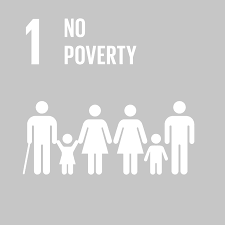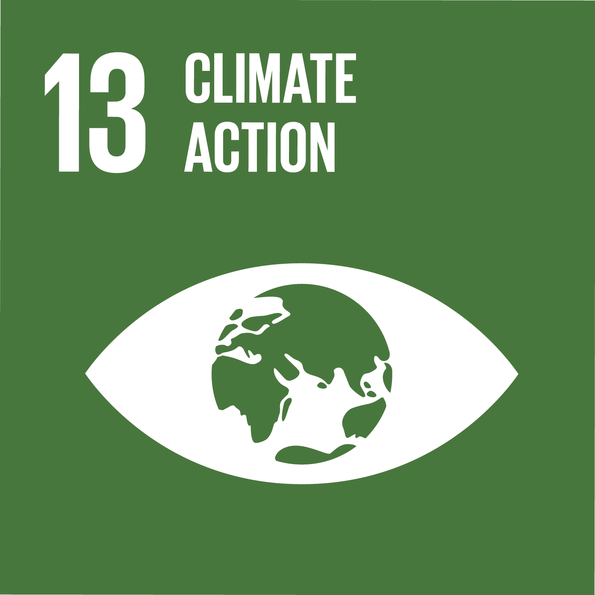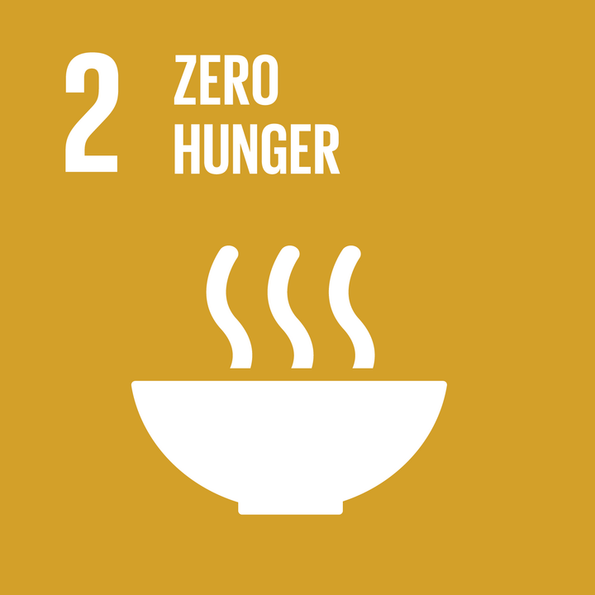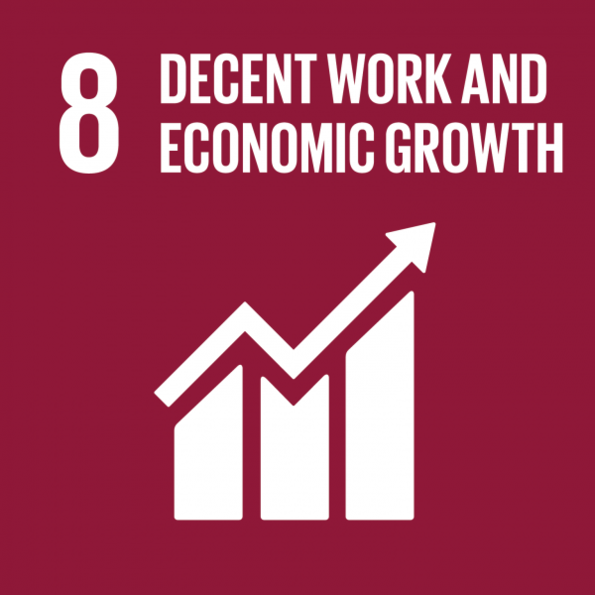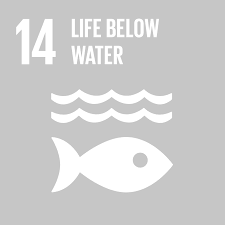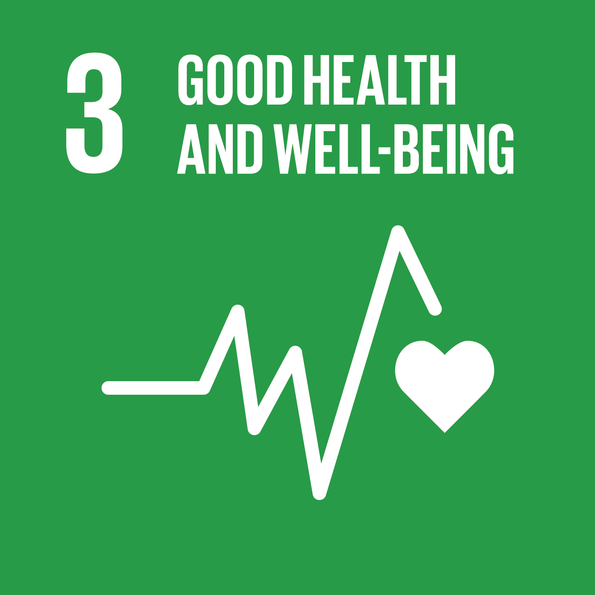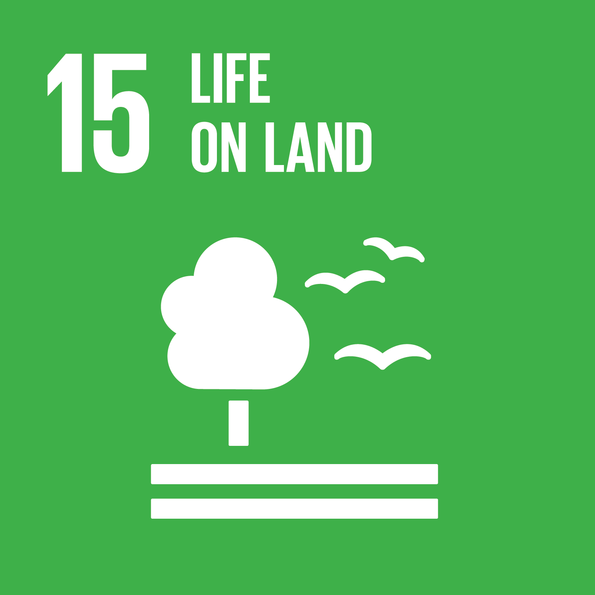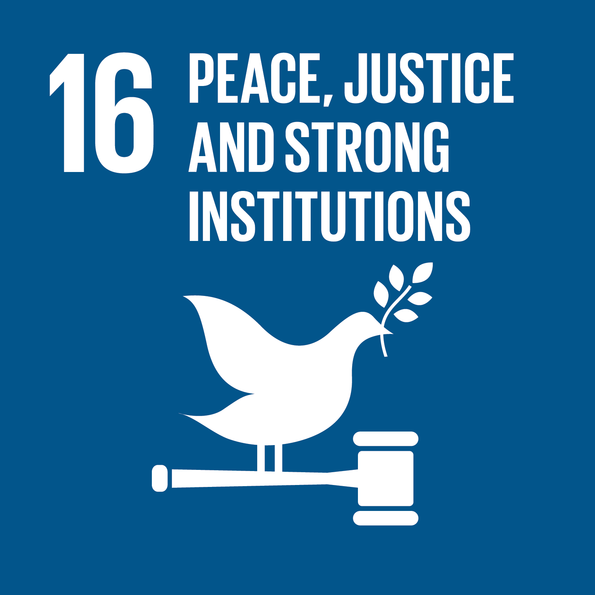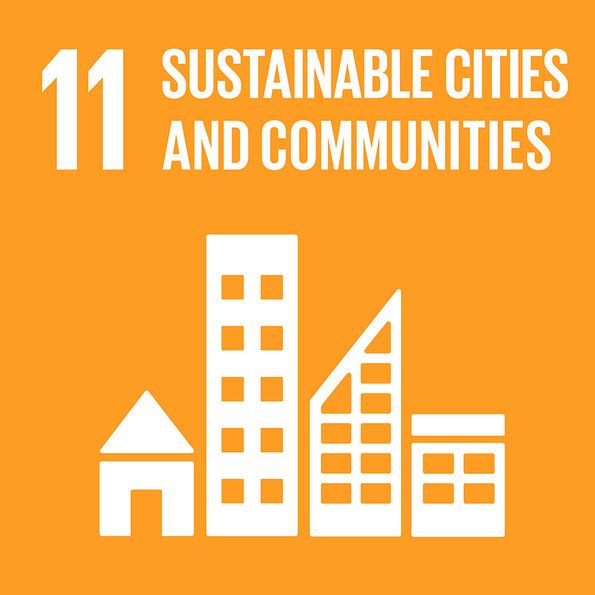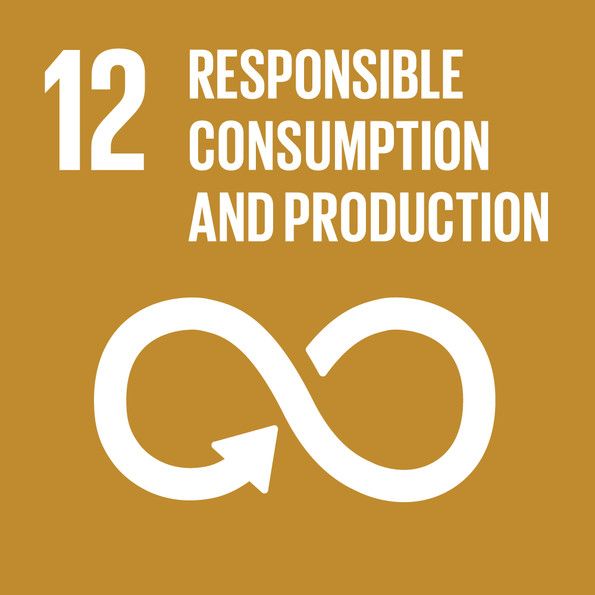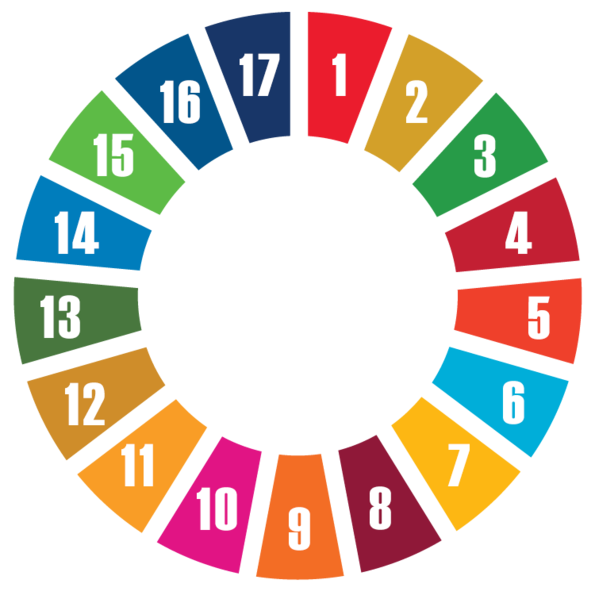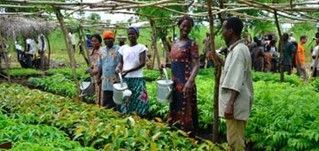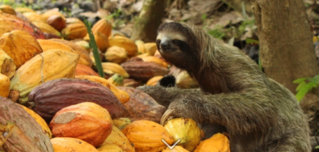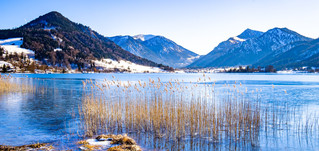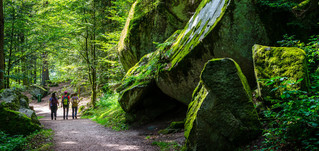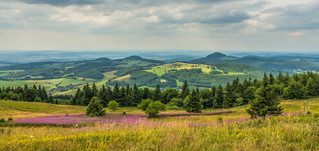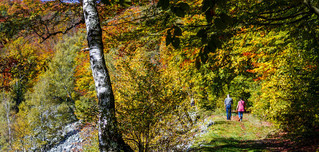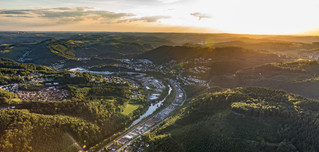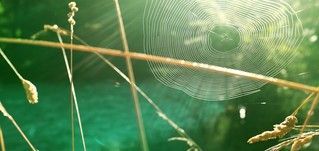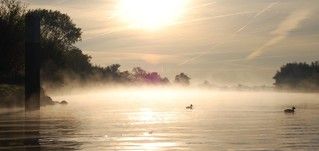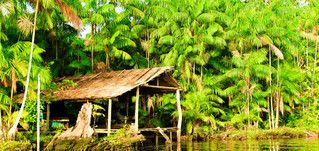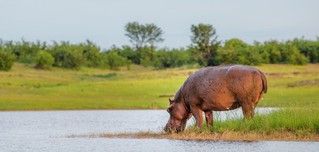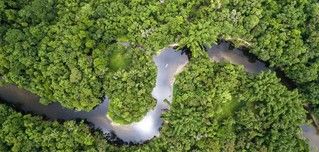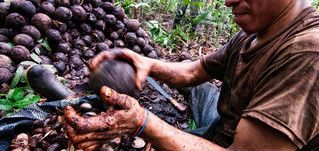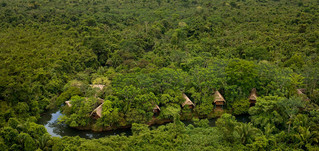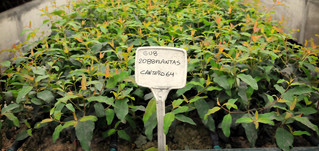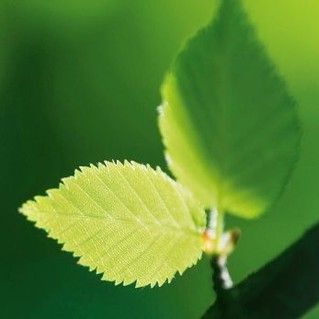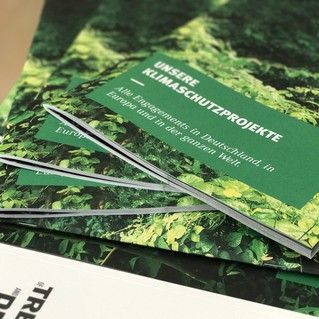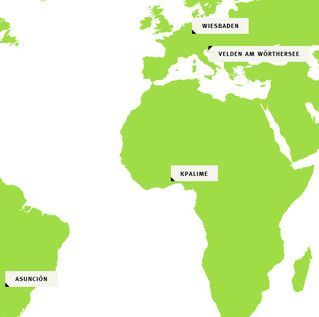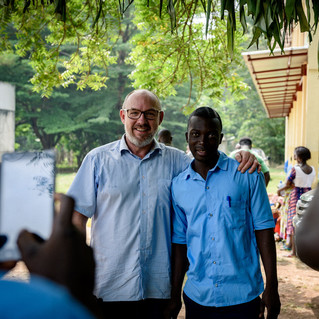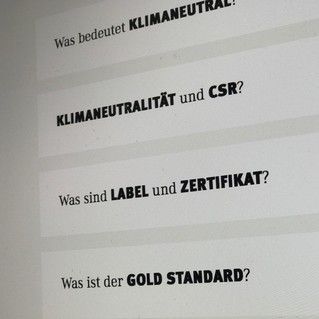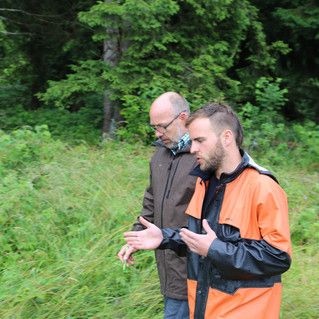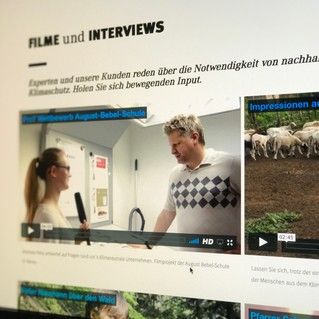Avoided deforestation in the Amazonas rainforest
Protecting 150,000 ha of forest in Portel, Brazil*
Background
Over two thirds of Brazil is covered in forest land. However, only 17% of this large forest area is protected and many areas are vulnerable to deforestation. As a result, Brazil has lost almost 10% of it‘s forest cover since 1990. Part of the problem is that Brazilian law allows squatters to claim legal ownership of unused land after 5 years and thus legalizes clearing. As owners, people are allowed to cut down 20% of their forest without breaking the law. This consequently creates the issue of squatters claiming and logging areas of land. The forest is predominantly vulnerable from the outside where loggers can easily access it from transport links. However, pioneer roads are quickly making their way deeper into the forest and eating away at it from the inside.
Deforestation and landuse changes account for around 60% of Brazil‘s total CO2 emissions, meaning the country currently stands at 2.3t of carbon dioxide being produced per capita every year. In 2010, Brazil was the 6th biggest emitter of CO2 in the world despite the fact that 41% of all energy and 83% of electricity in the country was generated from renewable sources. By protecting its forests, Brazil will not only protect many endangered species, but will also significantly reduce its future projected carbon footprint.
The Project
The project area covers nearly 150,000 ha of land in the Portel municipality. It does this through on-the-ground patrolling, strategic physical occupation of territory, improvement of forest management practices and encouraging sustainable use of forest products. The project also focuses on the local communities within the area, Improving their quality of life and empowering them as their own population. Communities will be involved in the activities related to biodiversity, since the forest resources provide almost entirely the income of the families, as well as their food. Villagers within the project area will be trained and employed as rangers to patrol the area to prevent illegal logging and deforestation by offering squatters to cooperate with the project.
Forest Protection in Pará
Carbon circulates within a cycle, consisting of the atmosphere, the plant, plant litter and the soil. Carbon dioxide drawn from the surrounding atmosphere is the main input of any plant’s photosynthesis processes. The outputs are water, oxygen and carbohydrates. The latter are built into the plant’s fibre thereby fixing carbon in the plant‘s biomass. Ultimately, the carbon re-enters the atmosphere from decaying biomass litter or soil respiration.
Deforestation breaks this cycle with multi-fold negative effects. First, burning biomass directly increases the amount of carbon dioxide in the atmosphere. Secondly, it reduces the biosphere’s absolute capacity to fix carbon. Thirdly, the removal of plant cover accelerates the rate at which carbon fixed in soils is respired into the atmosphere. Lastly, the erosion of soils impedes the long-term recovery of vegetation on degraded areas. This is a particularly challenging issue in tropical climates where soils are mostly poor in nutrients.
*Brazil
MORE THAN JUST CLIMATE PROTECTION
As part of the project, the villagers in the project area will be provided with efficient stoves. Improved combustion means less harmful smoke is produced when cooking, which greatly reduces the risk of respiratory and cardiovascular disease. The project creates numerous new employment opportunities for people in the project region and offers training measures for the use of sustainable methods of forest use. Part of the income from climate compensation is used to promote and support business start-ups in the villages.
By protecting the forest areas, the project area acts as an important carbon sink and helps prevent global warming from accelerating further. Forest protection also ensures a unique habitat in its portfolio. The intensive use of cleared forest areas for animal husbandry places a heavy burden on the soil and thus also on the drinking water sources. Sustainable land use also contributes to maintaining water quality. The project enables and encourages the villagers to use the products and resources of the forest sustainably and to develop environmentally friendly economic cycles.
Thanks to the cooperative approach, the project offers a framework for clarifying existing property claims and for peaceful settlement of controversies between villagers and settlers. At the same time, compliance with legal requirements is ensured.


